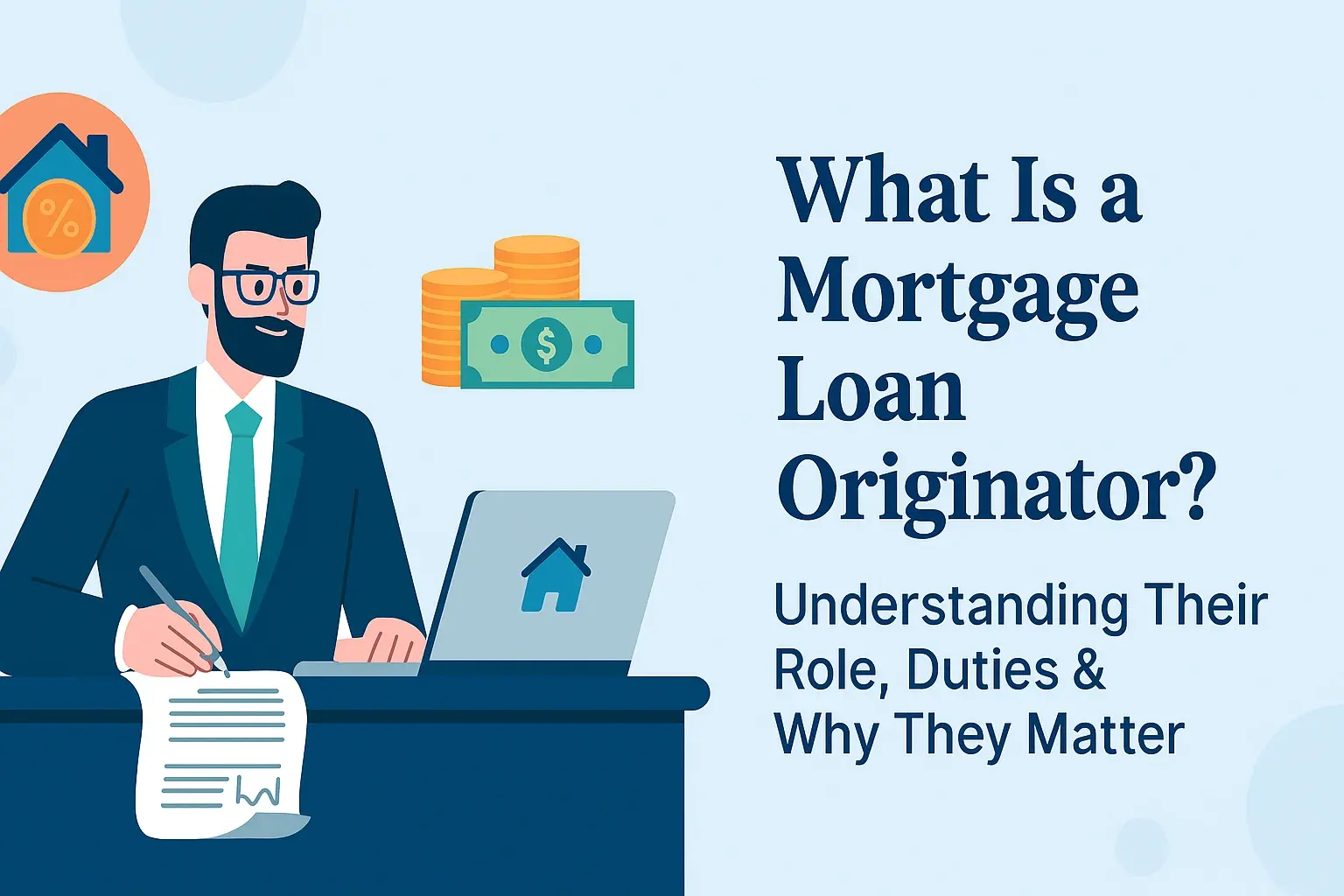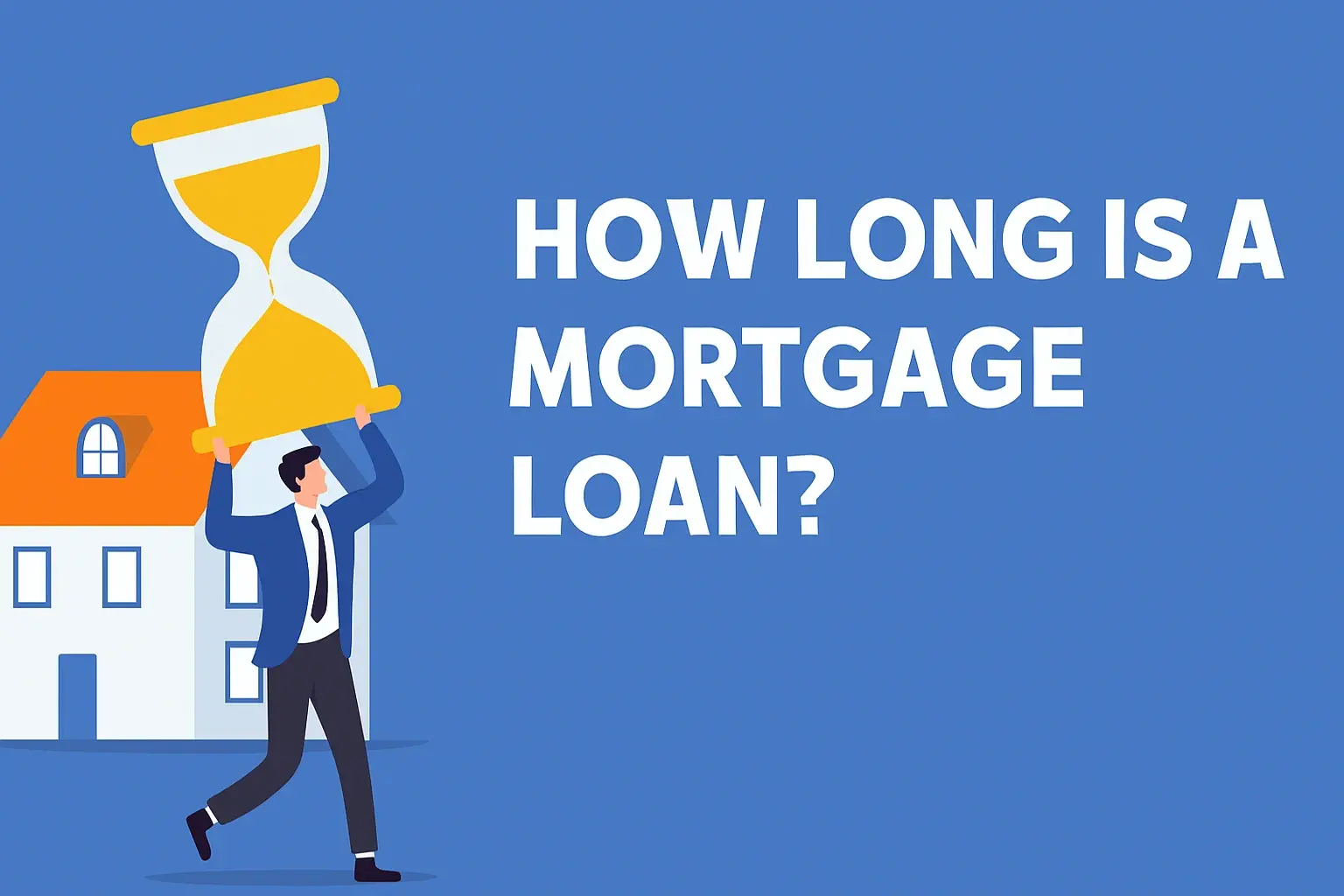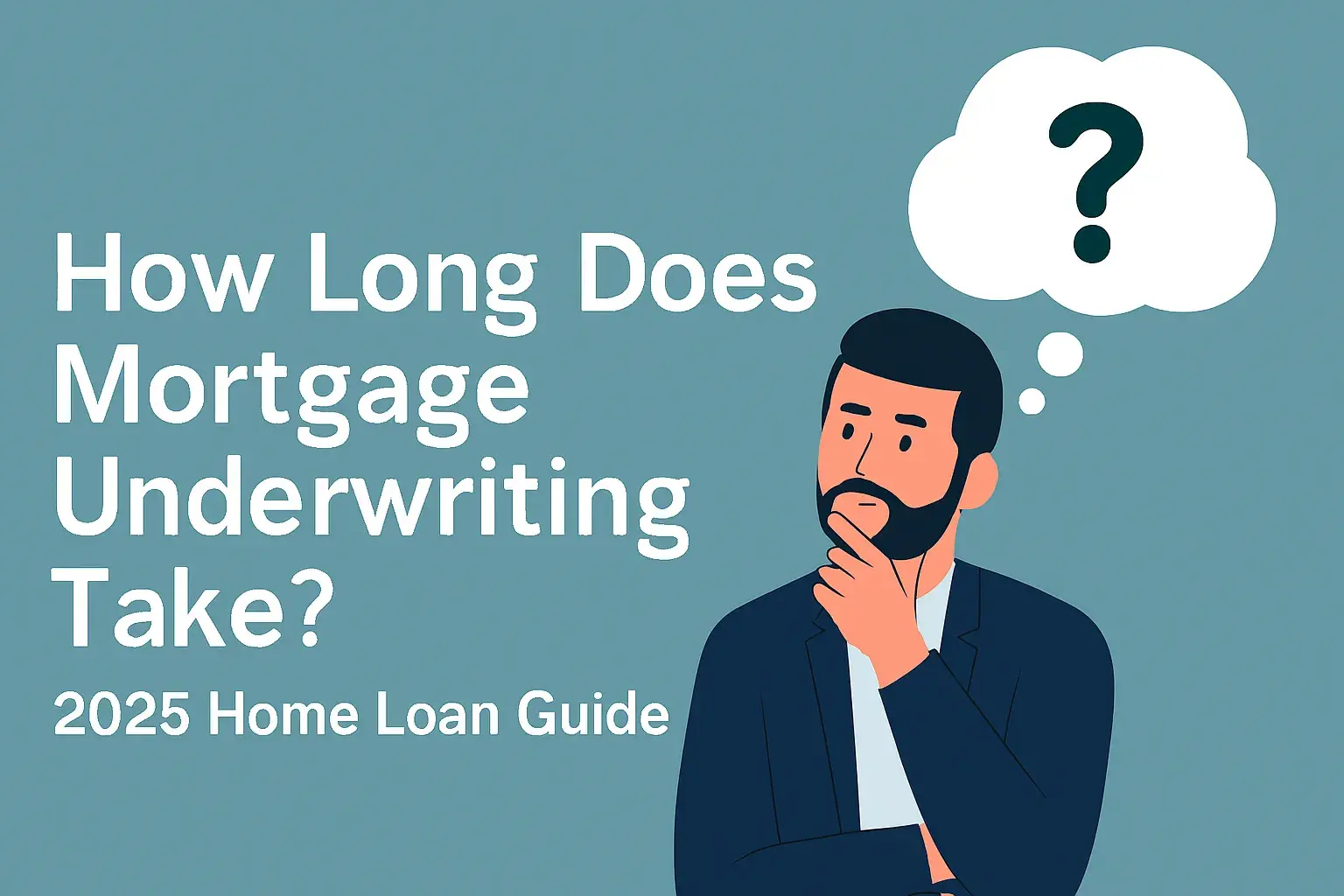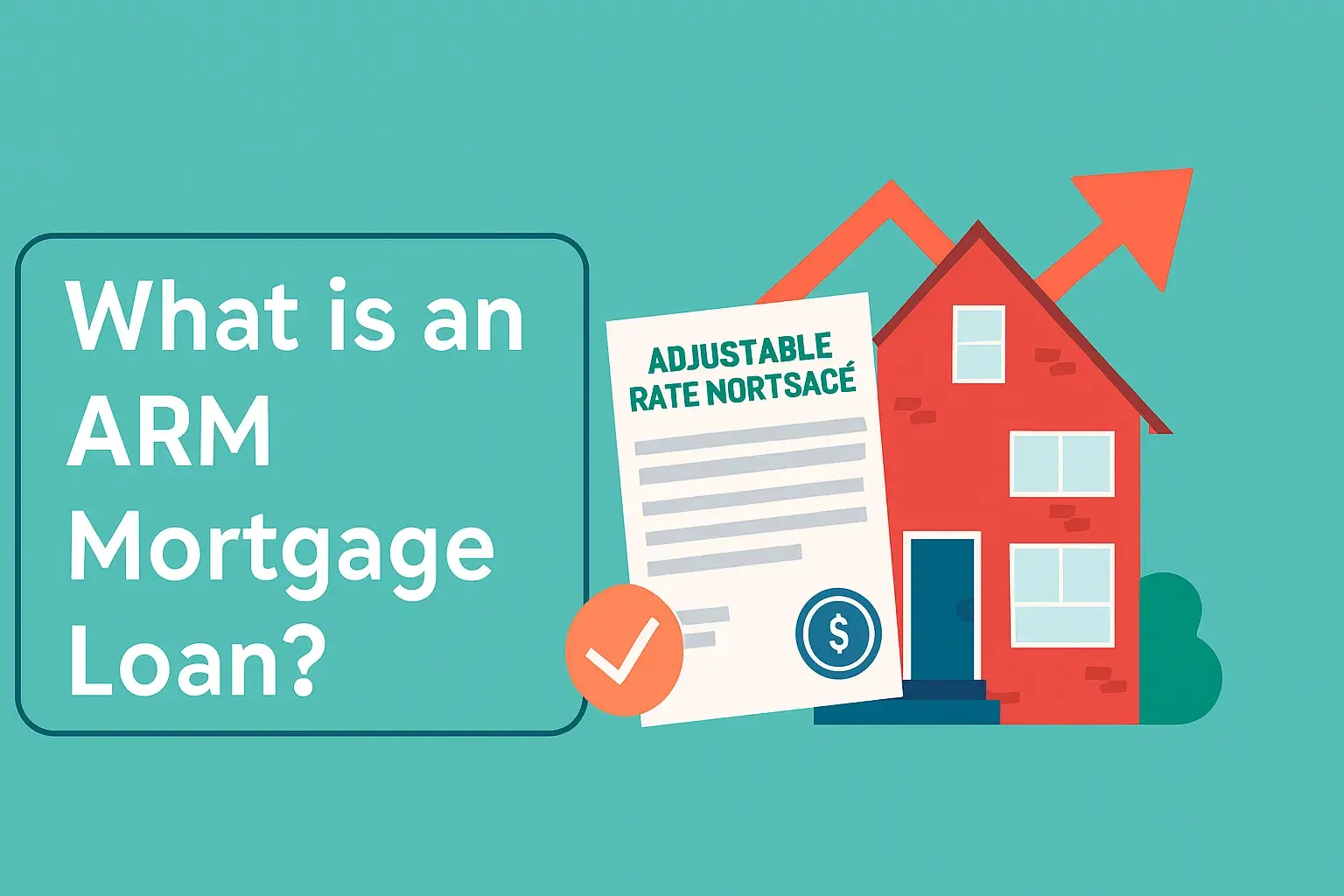-
Posted on: 24 Oct 2025
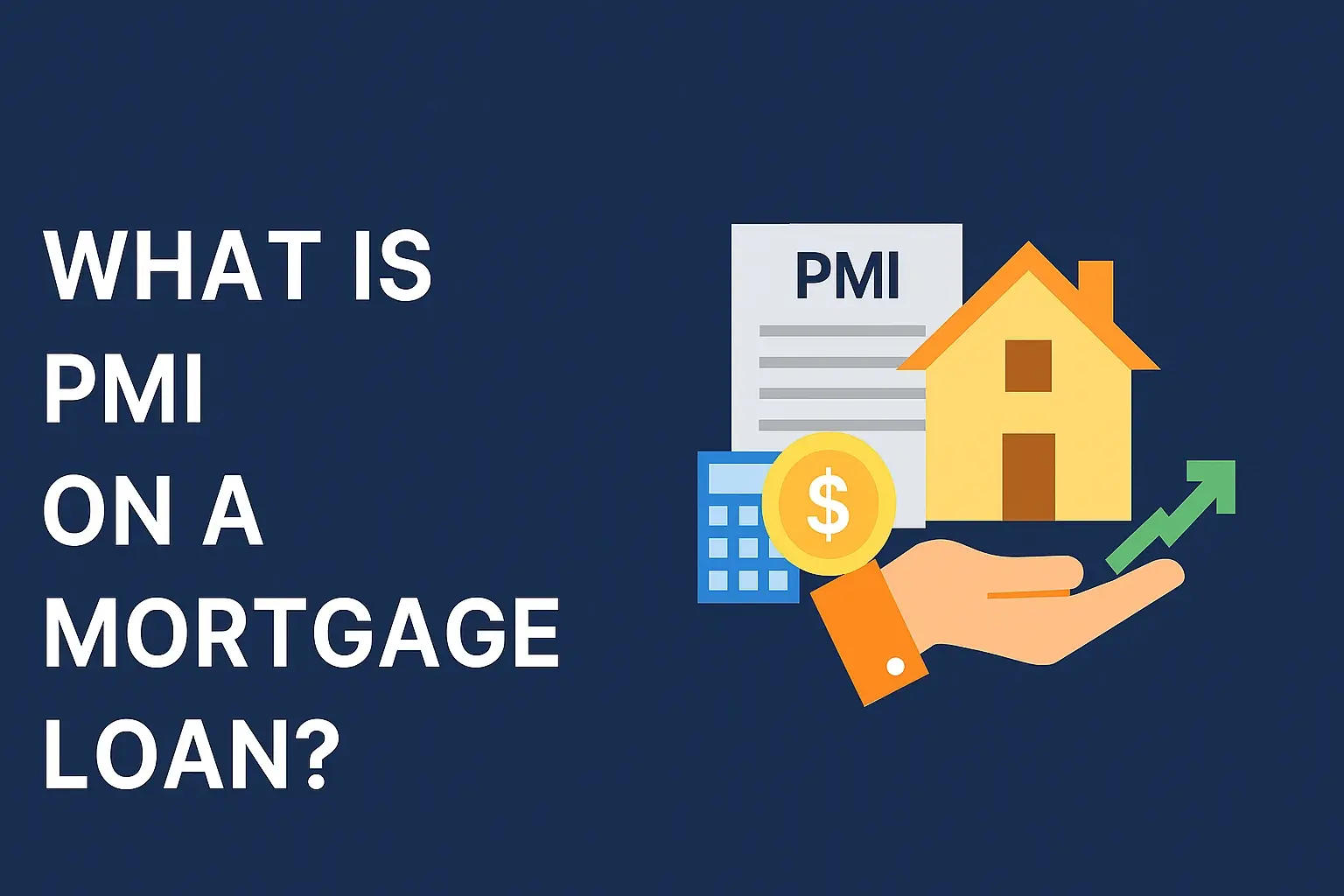
-
When buying a home or refinancing your mortgage, one of the most confusing costs you might encounter is PMI — Private Mortgage Insurance. It’s a small acronym that can add a big monthly expense, yet it plays an important role in helping many Americans achieve homeownership.
This guide explains what PMI is, why it exists, how much it costs, and how to remove or avoid it.
Understanding PMI: The Basics
Private Mortgage Insurance (PMI) is a type of insurance that protects the lender — not the borrower — if you fail to make your monthly mortgage payments and go into default. It is most often required on conventional loans when your down payment is less than 20% of the home’s price.
For example, if you buy a $400,000 home and put down only $40,000 (10%), your lender may require PMI because you’re borrowing $360,000, giving you just 10% equity. In this case, your loan-to-value ratio (LTV) is 90%, and PMI bridges that risk gap for the lender.
In simple terms:
PMI helps lenders take on higher-risk loans, while helping borrowers buy homes sooner without having to save for a full 20% down payment.Why Lenders Require PMI
Mortgage lenders assess risk based on how much “skin in the game” a borrower has. A smaller down payment means less equity, making default more financially risky for lenders. PMI compensates for this by ensuring the lender is reimbursed a portion of their loss if a borrower stops paying.
Without PMI, many buyers—especially first-time homeowners—would be locked out of homeownership because lenders would only approve loans with large down payments.
In fact, PMI makes homeownership more accessible, bridging the gap between affordability and lender security.
How PMI Works
When a mortgage includes PMI, the insurance policy coverage amount is calculated based on your loan balance and LTV ratio. The cost is then added as part of your monthly mortgage payment, similar to homeowner’s insurance or property taxes.
There are a few ways PMI can be structured:
Monthly Premium (Borrower-Paid PMI)
This is the most common form, where PMI appears as a line item in your monthly mortgage payment. You keep paying until you reach 20% equity in your home, at which point PMI can be canceled.Upfront Premium
Some borrowers pay the entire PMI cost at closing. This approach helps avoid a recurring monthly fee but can be costly upfront.Lender-Paid PMI
In this case, your lender pays the PMI premium, but you agree to a slightly higher interest rate. It spreads the cost over the entire loan term rather than charging separately.How Much Does PMI Cost?
The cost of PMI depends on several factors, including:
Loan amount
Down payment percentage
Type of loan
Typically, PMI ranges between 0.3% and 1.5% of the loan amount per year.
For example:
If you borrow $300,000, you could pay $900–$4,500 per year, or $75–$375 per month, added to your mortgage payment.Some lenders give reduced PMI rates for borrowers with high credit scores (above 740) and lower LTV ratios.
PMI vs. FHA Mortgage Insurance
Though PMI and FHA mortgage insurance may look similar, they are different.
PMI applies to conventional loans and is provided by private insurers.
FHA Mortgage Insurance Premium (MIP) is tied to loans backed by the Federal Housing Administration and cannot be canceled in many cases.
With a conventional loan, once your equity hits 20–22%, PMI is automatically canceled by the lender or can be removed upon request.
How to Remove PMI?
The good news: PMI doesn’t have to last forever.
Here are four main ways to remove it:
Reach 20% Equity Through Regular Payments
As you make mortgage payments, your loan balance declines. Once your equity reaches 20%, you can request PMI removal in writing.Automatic Removal at 22% Equity
By law, lenders must automatically cancel PMI when your loan balance reaches 78% of the home’s original value, or 22% equity.Refinance if Your Home Value Increases
If your home’s market value rises significantly, you can refinance your mortgage and potentially drop below the 80% LTV threshold, removing PMI altogether.Make Home Improvements or Lump Payments
Renovations or a one-time extra mortgage payment can help increase equity faster, getting you to the 20% requirement sooner.Real-World PMI Example
Home Price
Down Payment
Loan Amount
PMI Rate
Monthly PMI Cost
$400,000
$20,000 (5%)
$380,000
0.8%
~$253
$400,000
$40,000 (10%)
$360,000
0.5%
~$150
$400,000
$80,000 (20%)
$320,000
0%
$0
A borrower with only 5% down could pay over $3,000 annually in PMI, while someone with 10% down pays roughly half that amount. That’s why every percentage point of down payment makes a meaningful difference over time.
Tips to Reduce or Avoid PMI
Put Down 20% or More
This is the simplest way to avoid PMI completely. For many buyers, combining savings with down payment assistance programs can help reach the threshold.Look for Lender-Paid Options
Some lenders absorb PMI costs by slightly increasing your interest rate. If you expect to sell or refinance within 5–7 years, this can be more cost-effective.Improve Your Credit Score
Higher credit scores lead to lower PMI rates, saving money each month. Keep revolving credit low and pay bills promptly.Refinance After Home Appreciation
With rising home values in 2025–2026, refinancing when your home value climbs may remove PMI early.Check PMI Cancellation Dates
Request an updated amortization schedule from your lender to know exactly when PMI is projected to drop off.Benefits of PMI
Drawbacks of PMI
Enables homeownership with lower down payments
Adds cost to monthly payments
Helps build equity sooner
Protects the lender, not the borrower
Can be canceled when you reach 20% equity
Doesn’t reduce the loan balance
May give access to better loan terms
Some PMI types (lender-paid) cannot be canceled
Even though PMI adds cost, it helps turn renting budgets into ownership opportunities sooner, often years earlier than saving a 20% down payment.Key Takeaways
PMI protects lenders when you buy a home with less than 20% down.Costs range from 0.3% to 1.5% annually of the loan value.
You can cancel PMI at 20% equity or by refinancing your mortgage.
Borrower-paid PMI (monthly) is most common, but lender-paid options exist.
Understanding PMI helps you plan smarter and possibly save thousands across your mortgage lifetime.
Final Thought
Private Mortgage Insurance isn’t necessarily bad — it simply reflects the trade-off between risk and opportunity. By accepting PMI, buyers can enter the housing market earlier, start building equity, and take advantage of property value growth rather than waiting years to save for a larger down payment.
If you’re planning to buy a home in 2026, weigh the short-term cost of PMI against the long-term financial benefits of homeownership — often, the math works in your favor.
Call on (888) 803-7889 to get credit repair services now!
null


